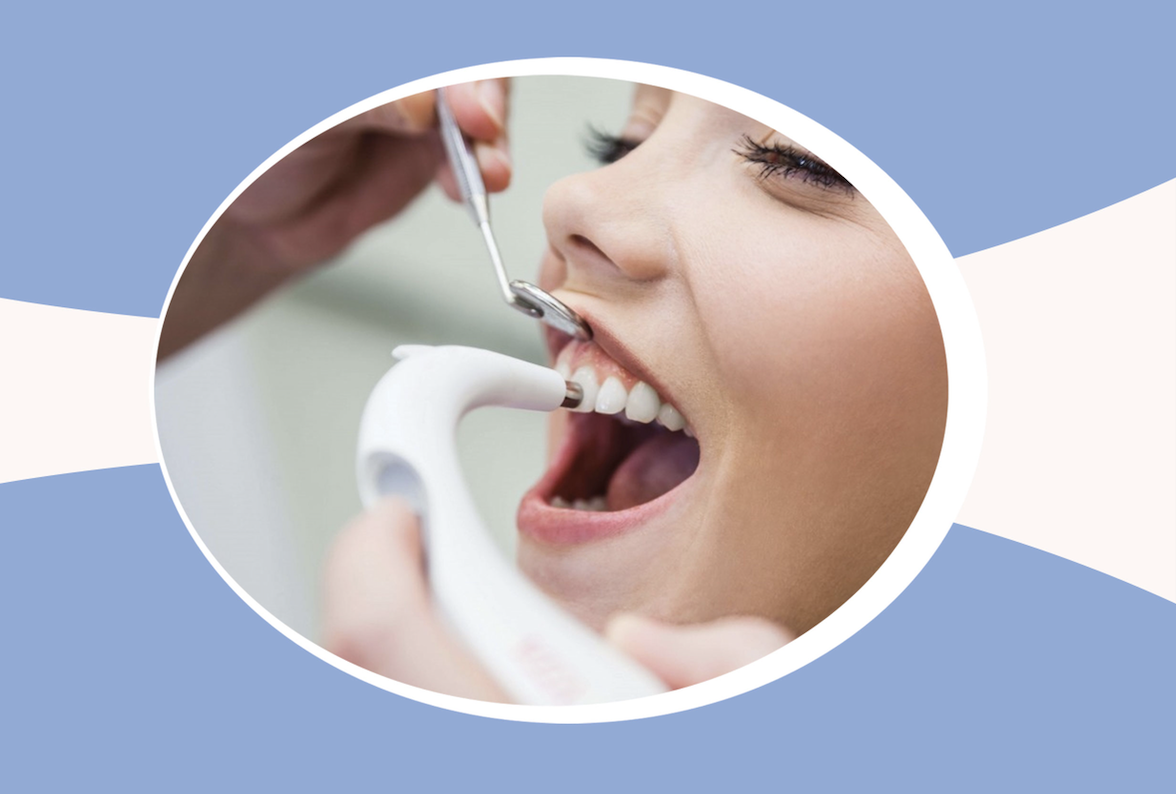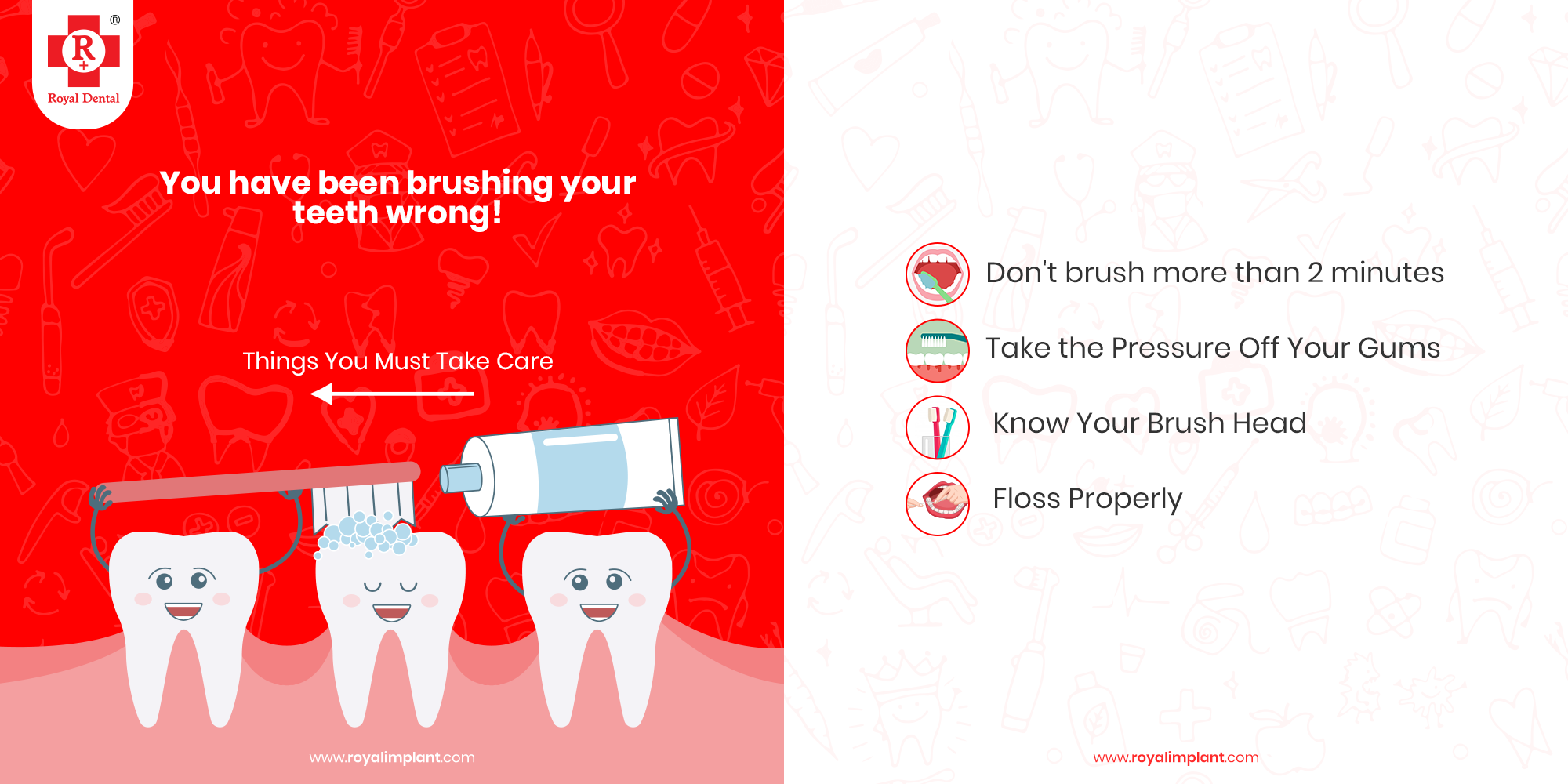Scaling and root planing is a type of dental procedure that helps to prevent the progression of gum disease. This procedure is a form of deep cleaning that gets rid of plaque, tartar, and bacteria that are lodged into the root surfaces of your teeth. It also helps to smooth out any rough spots on the root surfaces, making it harder for plaque and bacteria to get stuck. It can help to restore your gums to a healthy state and can even help to reverse the effects of periodontal disease. You will have a better understanding of what scaling and root planning are and why they might be a good option for you.
Your dentist may prescribe a mouth rinse or antibiotics to prevent infection and help you heal. Scaling and root planing typically leave gums painful for a few days and the teeth sensitive for up to a week. Your gums may bleed and feel swollen or tender right after the treatment.
What is the difference between root planing and scaling?
Scaling can be done manually or using an ultrasonic or a laser instrument. Root planing involves smoothing out the root surfaces in order to discourage the growth of bacteria and the buildup of plaque and tartar.


What should not be done after these dental procedures?
Your teeth and gums are more sensitive to various foods and drinks after the root planing procedure. Dr. Chirag Chamria recommends avoiding hot and spicy foods and alcohols until the area heals, as these products can be severe irritants. You must also avoid tobacco products, as these will cause undue stress to your gums.
What should you not do after dental scaling?
Your teeth may be sensitive to extreme temperature and sweet items. Stick with warm meals and drinks until the sensitivity reduces. Minor bleeding may occur while brushing but it will stop after two or three days. Avoid hot meals for a while, and do not rinse out your mouth, as it could prevent proper healing.
Do gums grow back after root planing?
Scaling and root planing can manage the inflammation of the gums. While it won’t regenerate new gum tissue, it may encourage the remaining gum tissue to reattach to the teeth. If you’ve lost a great deal of gum tissue, then you may need a surgical treatment called a gum graft.
Will my gums recede after root planing?
You may notice that your gums are pulling away from your teeth by one mm after scaling and root planing. But like swollen gums, there’s nothing to fret about. With time, the gum recession will eventually heal. You may also feel gaps or slight roughness for a while.
How many times do you need scaling and root planing?
Most periodontists recommend scaling and root planing twice a year or more, depending on the severity of your gum disease. In fact, some patients are seen every 3 – 4 months.
What happens before tooth scaling and root planing?
Periodontal disease usually doesn’t cause pain. Your dentist may diagnose you with periodontitis during a dental check-up. You may also get dental X-rays to look for problems like cavities, an abscessed tooth (tooth infection) and bone loss. If you have periodontitis, your provider will discuss treatment options with you. Tooth scaling and root planing will take place during a future appointment.

What is recovery like after tooth scaling and root planing?
Your gums may be temporarily swollen and tender after the procedure. You may also have some teeth sensitivity. You should follow your healthcare provider’s instructions for recovery.
- Avoid foods and drinks that are too hot or cold.
- Eat soft foods and not sticky.
- Take pain relievers and antibiotics as per physician consent.
- Use an antimicrobial mouth rinse.
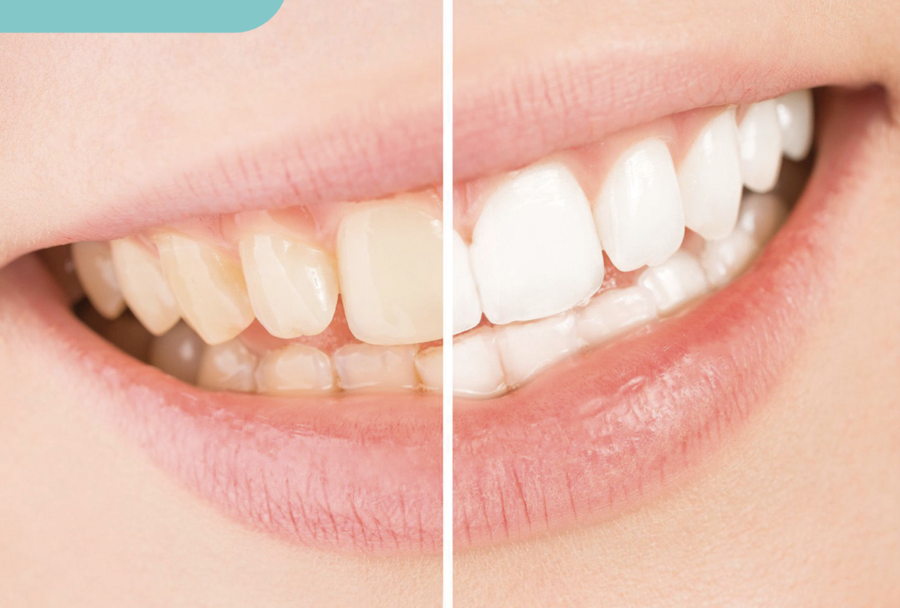
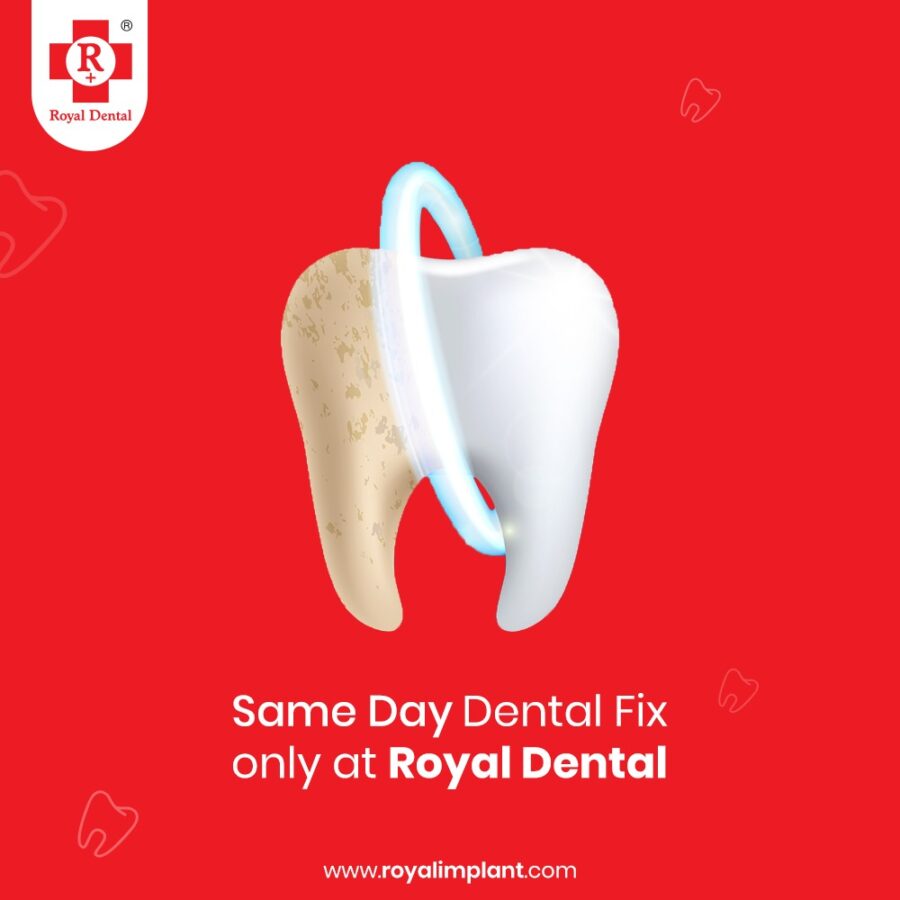
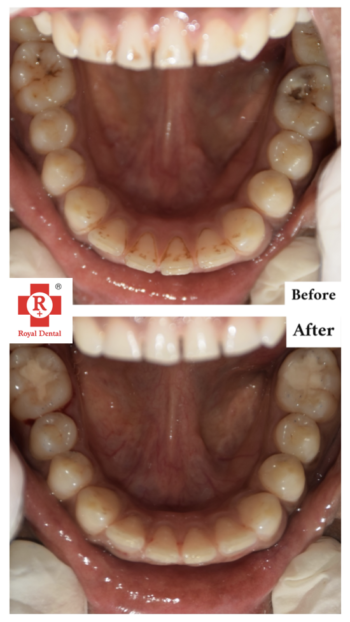
How Does Scaling and Root Planing Work?
During this procedure, your dentist will use a special instrument called a scaler to remove all of the bacteria, plaque, and tartar from your teeth. The scaler has small grooves on it that will clean out areas where the brush can’t reach. Once the scaler is done, your dentist will use a sharp instrument called a periodontal probe to lift the gum away from the teeth.
This will help to create space between your gums and teeth so that the dentist can remove any tartar or plaque that is stuck to the root surfaces. Scaling and root planing also includes using a special type of cleaning solution. The solution will help to break down any plaque or tartar that the scaler and probe can’t get to. It will also help to kill any bacteria that is still in your mouth.
Potential risks and side effects of Scaling and Root Planing
Like with any medical procedure, there are some potential risks and side effects associated with scaling and root planing. Some of these might only happen in rare cases, while others might be more common. Some of the side effects of scaling and root planing might include: Swelling around the gums: This will likely go away in a day or two.
Scraping the gums too hard: You may experience some bleeding or have the gums begin to swell. Scraping the tooth too hard: This could lead to some tooth sensitivity. Visible damage to the tooth: This will likely be minimal and should go away once the procedure is over. Scaling and root planing might also cause changes in your breath. This is usually temporary and is caused by the solution that is used in the procedure.
Conclusion
Scaling and root planing is a dental procedure that is used to treat gum disease. It helps to remove plaque, tartar, and bacteria from your teeth and gums. This procedure also helps to lift your gums away from the teeth so that the dentist can remove any tartar or plaque that is stuck on the root surfaces. Scaling and root planing is important for treating gum disease and keeping it from getting worse. It is a good idea to look into this procedure if you have gum disease.

